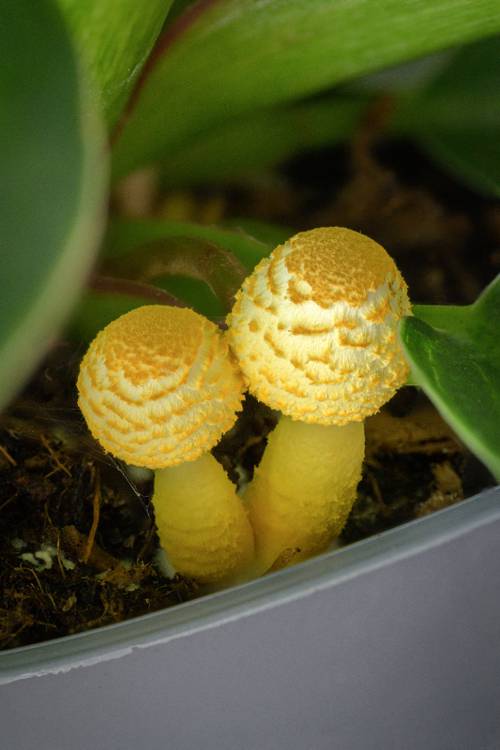
FAQ About Indoor Plant Safety and Toxicity

What are some common indoor plants that are toxic to humans?
Some common indoor plants that are known to be toxic to humans include the peace lily (Spathiphyllum), pothos (Epipremnum aureum), dieffenbachia (commonly known as dumb cane), philodendron, and English ivy (Hedera helix). These plants contain chemical compounds that can cause adverse reactions if ingested or if they come in contact with the skin.

What are the symptoms of indoor plant poisoning in humans?
The symptoms of indoor plant poisoning can vary depending on the plant species and the level of exposure. Common symptoms include nausea, vomiting, diarrhea, irritation of the mouth and throat, skin rashes, and in severe cases, difficulty breathing or organ failure. It's important to seek medical attention if you suspect plant poisoning.

How can I identify a toxic indoor plant?
Identifying a toxic indoor plant involves researching the specific species of plants in your home. You can refer to resources such as the ASPCA or local poison control centers for lists of toxic plants. Additionally, plant identification apps and books on houseplants can provide information on the toxicity of specific species.

Are there any safe alternatives to toxic indoor plants?
Yes, there are many safe alternatives to toxic indoor plants. Some non-toxic houseplants include spider plants (Chlorophytum comosum), Boston ferns (Nephrolepis exaltata), bamboo palms (Chamaedorea), and areca palms (Dypsis lutescens). These plants not only thrive indoors but also improve indoor air quality.

What should I do if I suspect someone has ingested a toxic plant?
If you suspect that someone has ingested a toxic plant, it's crucial to act quickly. First, try to identify the plant in question and remain calm. Contact your local poison control center immediately and provide them with all the information about the incident. Avoid inducing vomiting unless instructed by a healthcare professional.

Can indoor plants be toxic to pets as well?
Yes, many indoor plants that are toxic to humans can also be harmful to pets, including cats and dogs. Symptoms in pets may include drooling, vomiting, difficulty swallowing, or more serious systemic issues. It is essential to research any plant for its potential pet toxicity or choose plants known to be safe for your animals.

How can I create a safe environment if I have toxic plants indoors?
To create a safe environment with toxic plants, place them out of reach of children and pets, perhaps on high shelves or in hanging baskets. Use plant identification labels to remind family members of potential dangers. Regularly educate yourself and family on the specific precautions needed for each plant.

What is the role of saponins in plant toxicity?
Saponins are chemical compounds found in certain plants that can be toxic to humans and animals. They create a soap-like foam and can cause irritation to the skin and mucous membranes, as well as gastrointestinal distress if ingested. Plants containing saponins include pothos and some species of agave.

Are there apps that can help identify toxic plants?
Yes, several apps can assist in identifying toxic plants. Apps like PlantSnap, PictureThis, and LeafSnap offer plant identification features that include information on plant safety and toxicity. These tools can be useful for both amateur and experienced gardeners to maintain safe indoor environments.

Do all parts of a toxic plant pose a risk?
Not all parts of a toxic plant necessarily pose the same level of risk. For some plants, only certain parts contain the toxic compounds. For example, the fruits, leaves, or sap might be toxic while other parts of the plant are safe. It's important to research each plant to understand which parts, if any, are hazardous.

What should be done if skin contact occurs with a toxic plant?
If your skin comes into contact with a toxic plant, you should gently wash the affected area with soap and water as soon as possible. Avoid rubbing the area and touching your face. If irritation persists or you experience unusual symptoms, seek medical advice.

How are children more at risk from toxic indoor plants?
Children are especially at risk because they often put things in their mouths and are more curious about their surroundings. Even small amounts of a toxic plant can cause significant issues due to their smaller body size. It is vital to educate children about plant safety and ensure toxic plants are out of their reach.

What are some myths about toxic indoor plants?
A common myth is that all brightly colored plants and flowers are toxic, which is not true. Another misconception is that touching a plant like philodendron will always cause a rash; while it can in some cases, simple contact isn't universally harmful. Understand that plant toxicity varies widely, and specific research is always recommended.

Why is it important to label indoor plants?
Labeling indoor plants is important for quickly identifying which plants are toxic, especially in emergency situations. Labels can also serve as educational tools to inform family members about the necessary precautions when dealing with certain plants. Clear labeling helps prevent accidental ingestion or contact by children and pets.

What resources are available for learning about plant toxicity?
Many resources are available for learning about plant toxicity, including websites like the ASPCA, local extension services, and poison control centers. Books on indoor plants and gardening can provide detailed information, as well as mobile apps specializing in plant identification and safety. These resources can be invaluable in maintaining a safe home environment.

Can indoor plant toxicity affect air quality in my home?
While toxic compounds from indoor plants are generally not airborne, certain plants can release volatile organic compounds (VOCs) that contribute to poor air quality. However, many common toxic indoor plants like philodendron have been found to improve air quality by filtering pollutants. Balance plant toxicity awareness with the benefits of air purification.

What is the difference between toxicity in humans and pets?
The toxicity of plants can differ in severity between humans and pets due to varying sizes, metabolic rates, and the ability to metabolize certain compounds. For example, a plant may cause minor discomfort in humans but severe symptoms in pets. Always verify the specific risks for both humans and animals when selecting houseplants.

Are there governmental guidelines on indoor plant safety?
Although there are no specific governmental guidelines for indoor plant safety, organizations like the U.S. Environmental Protection Agency (EPA) and the Consumer Product Safety Commission (CPSC) offer resources that support safe home environments. Local health departments and extension services can also provide useful guidelines.

What immediate actions should I take if plant poisoning is suspected?
If you suspect plant poisoning, immediately remove any remaining plant material from the individual's mouth and rinse their mouth. Contact poison control for guidance specific to the plant in question. Collect any plant remnant for identification and do not induce vomiting unless specifically directed by a professional.

How can I safely research and choose new indoor plants?
To safely choose new indoor plants, research each species' safety profile and their care requirements. Utilize trusted resources such as books by horticultural experts, online databases, and plant identification apps. Additionally, consult with local garden centers or botanical gardens for expert advice tailored to your environment and lifestyle.
